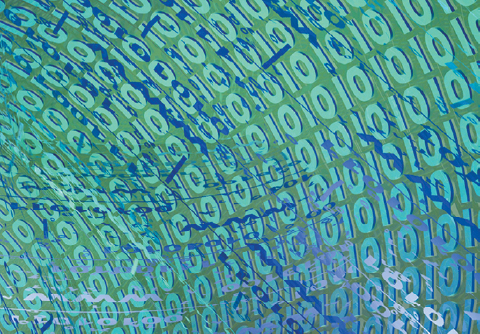A diverse group of industry experts has drafted a comprehensive guide to good practices in automated trading

Over the last two decades, trading on exchanges has evolved from a very manual activity conducted by humans to an almost completely computerized and highly automated process. This evolution has brought many benefits in terms of market quality, but it also has introduced new risks.
The old sources of trading errors–misunderstood hand signals, misspoken instructions and miscalculated quantities–have been replaced by breakdowns in electronic communications, improperly coded algorithms and other failures in automated trading systems. And the speed at which these automated systems operate has created new fears of market disruption taking place before any humans monitoring the systems are aware of what happened.
Market participants who create, operate and oversee automated trading systems are well aware of these risks and are constantly working to mitigate them. Over the past five years, many of the industry’s leading firms have actively collaborated on joint efforts to develop optimal approaches for preventing adverse market consequences caused by system design and operational failures. Although these firms may find themselves competing against each other in the markets, they also recognize the collective benefits of coming together and sharing their expertise in managing the risks of automated trading.
“One of the main reasons we put together these guidelines was to create a ‘mark-to-market’ of how we develop, deploy and use automated trading systems.”
- Greg Wood
FIA Market Technology Division
The latest industry collaboration to address these risks came in March, when FIA released the Guide to the Development and Operation of Automated Trading Systems. This document contains recommendations for all aspects of automated trading system development and operation, including not only risk controls but also software development and change management, design of environments, security, disaster recovery and documentation.
The document is meant to provide a foundation for understanding what should be covered in the development and operation of any automated trading system at any type of firm, including trading firms that engage in high-frequency trading, as well as brokers that provide market access for algorithmic traders and exchanges that manage automated trading environments.
Industry-wide participation
The key to developing this document was the collaboration of more than 40 people employed in all aspects of design, deployment, operation and monitoring of automated trading systems.The participants came from three futures exchanges, five large brokers, more than 10 principal trading firms and 20-plus vendors of trading systems, risk management systems and back office systems. The group was brought together by the FIA Market Technology Division working closely with the FIA Principal Traders Group and the FIA European Principal Traders Association.
The Guide builds on past efforts by futures commission merchants, trading firms, vendors and exchanges to publish recommendations on various aspects of risk controls, market access and software development, and it brings those efforts up to date by referencing the latest developments in risk management and market practices.
“One of the main reasons we put together these guidelines was to create a ‘mark-to-market’ of how we develop, deploy and use automated trading systems,” explained Greg Wood, chairman of the FIA Market Technology Division and one of the cochairs of the committee that drafted the Guide. “Inputting this paper together, we referenced both the recommendations that we published in 2010 in our original market access paper and innovations that have occurred since then,” he added.
The committee used previously developed white-papers and software development standards documents to devise a comprehensive framework for all aspects of automated trading system development and operation, including pre-trade controls, post-trade analysis, co-location facility design, disaster recovery/business continuity planning, system development and support, security practices, trading system operations and documentation.
Subcommittees were formed around each of the framework components. Each subcommittee drafted proposed recommendations for practices, elaborating on previous FIA work, updated experiences and the desire to provide more clarity on how such processes might be implemented.
The drafts were then combined into a single document and circulated beyond the committee to gain input from other subject matter experts on legal, compliance, IT security, trading, trading operations, clearing, software development, testing, infrastructure and market oversight. In cases of disagreement on the original draft, the committee organized detailed discussions to derive consensus positions or clarify unclear language. The whole process from start to finish took about nine months, with the participants contributing on a volunteer basis.

